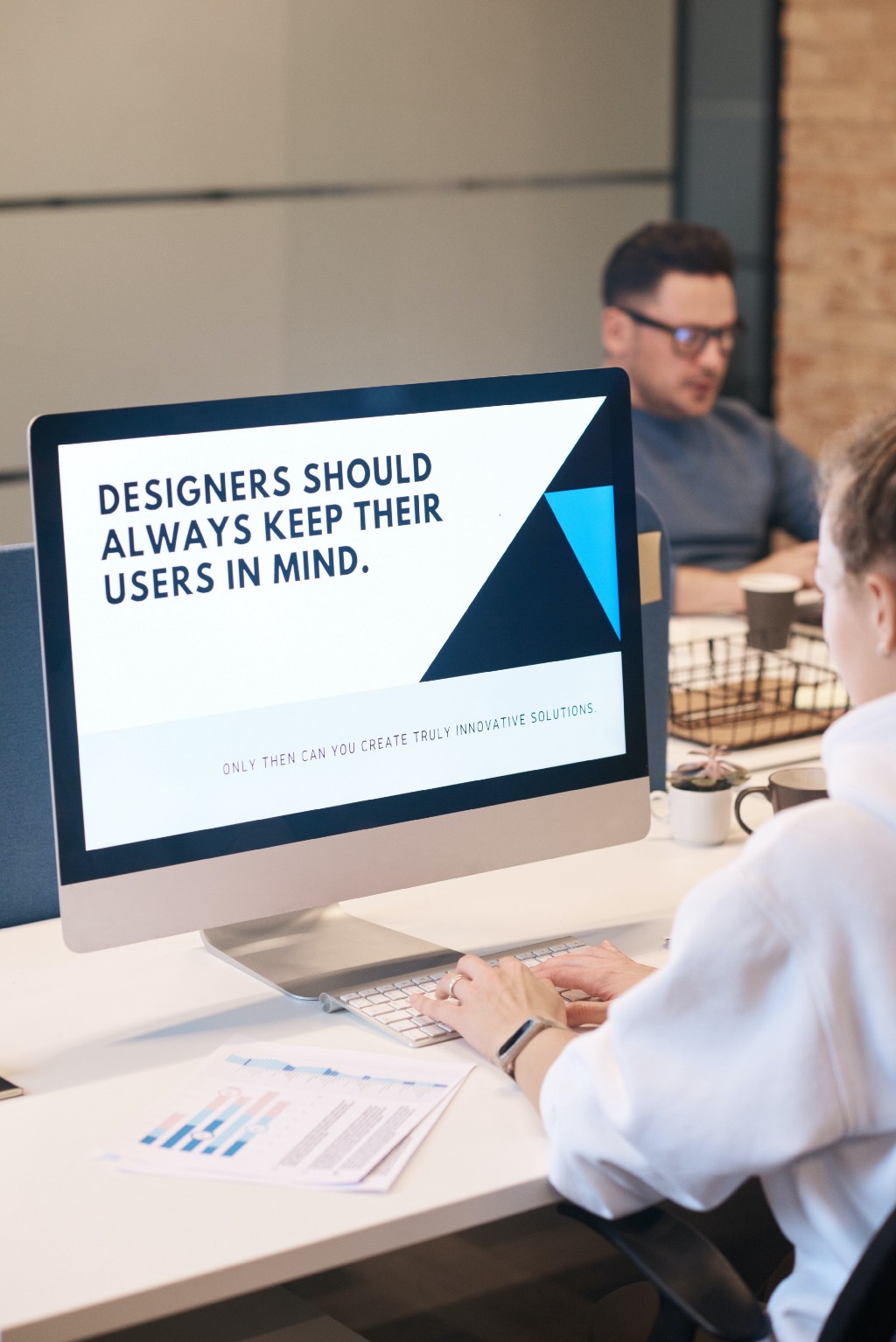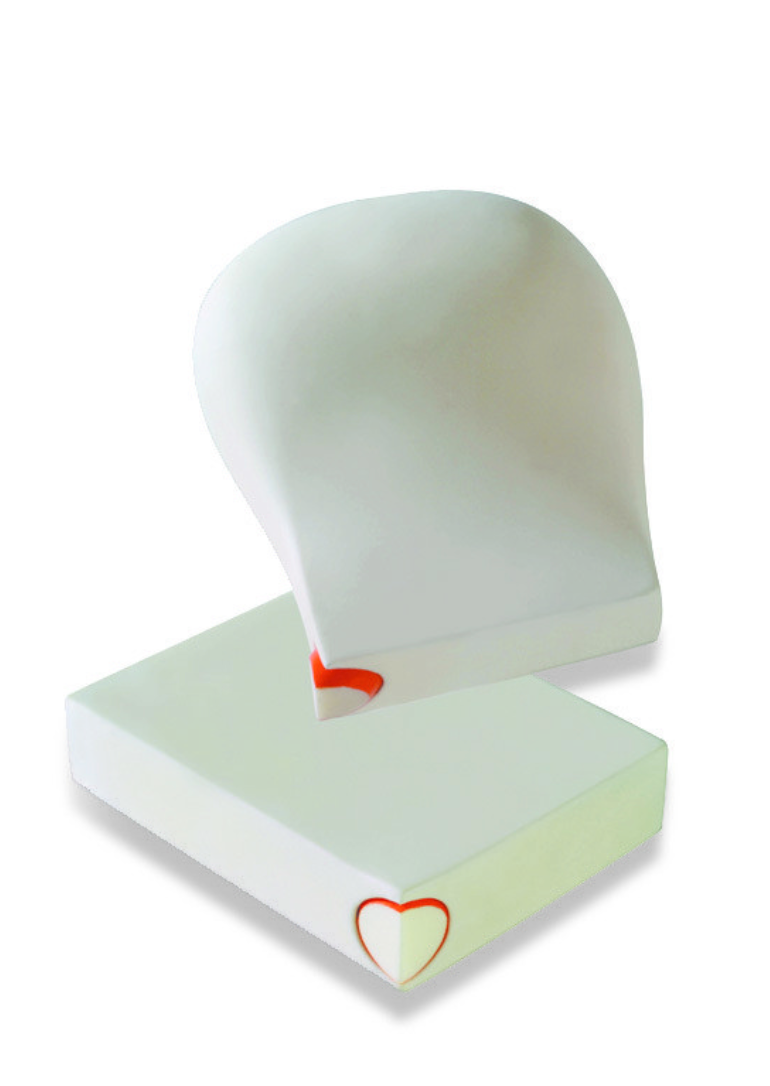Dealing with illness.

The creativity and sensitivity of designers can be put at the service of the needs of particular categories of users such as people suffering from chronic diseases and subject to long-term treatments. I will demonstrate that through the analysis of a new object designed to facilitate the administration of asthma therapy, but it is necessary to make some premises first.
In life, sooner or later, everyone happens to have to undergo medical treatment and find themselves with a daily prescription of pills. For some it may be an occasional weekly prescription, for others, it may be lifelong treatments such as insulin injections, an asthma inhaler, or antiviral for an HIV positive person. Whatever the temporality of the treatment the relationship we create with it is often complicated. Acceptance of the disease and consequently of treatment is a delicate step that does not happen in all patients. Sometimes patients refuse to take the pills because they don’t accept the new state of “sick body”, or because they don’t believe in the effectiveness of the treatment or, more simply, they forget. It is from these considerations, combined with personal experience as a drug tester, that the French industrial designer Mathieu Lehanneur sets off to design a series of objects called “Objets Thérapeutiques” exhibited during the “SAFE: Design Takes on a Risk exhibition” at MOMA in New York in 2001. The “Objets Thérapeutiques” are a series of objects conceived and designed specifically to help patients to reconcile themselves with the daily practice of taking prescribed medicines, objects designed to interact and help patients during the course of their therapy.

It is within the “Objets Thérapeutiques” series (2001) that the designer Mathieu Lehanneur creates “The Third Lung”. The object is an inhaler intended for the treatment of asthma resulting from a new way of conceiving therapy and taking medicines.
Let’s now deepen the analysis of the object by examining the following components:
– configurative component
– taxic component
– functional component (practical / mythical)
– functional aspect /mythical aspect/ aesthetic aspect
Configurative component “The Third Lung” is an instrument with a very simple appearance: on a morphological level it consists of a single flexible rectangular structure made of white elastomer measuring 2 x 8.5 x 6.5 cm and 6 x 9 x 11 cm when fully inflated. On the short side we find the mouthpiece visible in relief only when the device is ready to be deflated by the patient. The suction support point has an ergonomic shape reminiscent of a slightly ajar orange-colored mouth.
As for the taxic component, it seems useful to me to compare “The Third Lung” with VENTOLIN ® — Salbutamol (hereinafter referred to as Ventolin), the more traditional and widespread version of asthma inhaler (for reference here: shorturl.at/gKVZ1)
These two objects differ from each other mostly in form and material. In the Ventolin the shape is characterized by a certain angularity accentuated by the rigid, inflexible and smooth material. The lines on the underside of the inhaler are used to ensure that, once started, the user does not lose his grip during use.
“The Third Lung” has softer lines and rounded corners. The rubber gives the impression of flexibility, and holds the grip of the hand of the user. There are no embossed knurls that ensure the user’s grip, they are not necessary for proper use. There is no point marked as optimal for holding, unlike Ventolin, it does not have énonciation signs aimed at structuring a precise course of action by the user.
The mouthpiece of the inhaler is a fundamental component of the object, its handling, comfort and flexibility can determine the success of use and therefore, being a medical device, the success of the treatment. The mouth of the Ventolin is made of rigid plastic with a rectangular shape that is not elastic and not flexible while in “The Third Lung” the suction point is smaller, the rounded shape recalls that of two lips and the rubber makes the contact with the mouth more pleasant.
Let’s now pass to the analysis of the functional component to define the differences in enhancement implemented by this type of inhaler and elaborate considerations on the axiological level. The functional aspect concerns the actions made possible by the object under analysis. “The Third Lung” is a handy, resistant and pleasant touch object.
With regard to the factual aspect there are no intervention points that guide the user on how to properly handle the object, therefore there are no énonciation signs on the modal aspect that induce the user to select a precise position for the thumb and forefinger in order to grasp the object in an optimal way. At the moment of maximum extension the shape is rounded and remains slightly squared only in the mouth area but it is a fairly irrelevant detail for the way in which it is handled.
The same mouthpiece, with its ergonomic and sinuous shape, invites support from different angles without suggesting a particularly correct one. This inhaler is easy to handle and functional, it represents an effective tool for taking medicine, at the same time it is a pleasant object to the eye and to the touch. The use of elastomer as the only material invites grip, promising that it will be safe, pleasant and non-slippery. In semiotic terms, “The Third Lung” is a competent object with a “know-how” and “being able-to do”: it turns out to be more than a help tool and takes on the role of a manipulative subject that induces use to practice. According to the actantial syntax, the sender-manipulator pushes the recipient-manipulated into a situation of lack of freedom (“not being able not to do”) to the point of having to accept the conditions of the proposed contract (in the “must do’’ mood). The only way for a user /user to be in a joining relationship is to transform themselves into an actant object and perform the actions that the object of use itself proposes and prescribes in its new statute of modal subject. The only possibility for the user to aspirate the medicine is to deflate the balloon formed through the opening / support point at a predetermined time.
The recipient’s modal competence thus becomes articulated in “not being able to not do” or in “having to do”. However, it should be specified that the process of manipulation is carried out only through the interpretative action of the recipient. In fact in order for a factual modalization to take place, some basic assumptions are necessary: among these, the first stage is certainly effective communication. Effective communication can be the consequence of a connection between the two instances of enunciation, the first endowed with a “persuasive act” (the object of use in our case) and the second endowed with an “interpretative act” ( the user)
Thanks to these two assumptions, objects are transformed into manipulative objects causing specific actions by users. The mythic aspect of the analysis serves to identify the type of user built by the object. The “The Third Lung” inhaler with an unexpected shape and unusual material and formal characteristics for this type of object can be inscribed in that range of objects that are pleasant to look at and touch.
This inhaler is designed for a type of user inexperienced in handling medical devices, delicate or breakable objects, a user who has not yet developed full autonomy in the daily intake of prescribed medicines. Among the categories of patients, therefore, that of children is the most suitable to interact with such a tool. The inexperienced user decides to use this type of inhaler for its fun shape, for the material that is pleasant to the touch, because it is more reminiscent of a game than a medical device. With regard to enhancement, this inhaler shows at first sight the prevalence of playful values . However, being a highly effective object if we consider it in practice, it can be polarized on practical enhancement.
Let’s now pass to the aesthetic aspect. Inhalers have never been considered objects that require implementation from an aesthetic point of view due to their medical and therefore purely functional nature. The shape of the different inhalers is often linked to the substance or how the medicine is taken. They are objects that we find ourselves using because the choice must and never, if there is a choice to make, falls on one model rather than another for purely aesthetic reasons.
It is also true that aesthetic judgments are always linked to the reference period and questionable, but observing the objects belonging to the same category that are on the market, we cannot fail to notice how “The Third Lung” stands out for its ergonomic and material qualities .
From this purely visual comparison and evaluation of the models shown on page 12 we can already see how the “The Third Lung” inhaler is at least more pleasing to the eye and at first sight does not look like a “medical devices”. It is the only model in which this type of object is elevated and endowed with relevance also on an aesthetic level. The aesthetic dimension has never been a central point in the development of medical devices however this could be the key to greater involvement of patients in their therapies.
Returning to the analysis of our inhaler, we can easily see how it stages a whole series of profound value oppositions: at the center is the key value of playfulness as opposed to the merely practical use of the object (playful vs practical category). This new type of inhaler stands out for being the only one that resembles a toy compared to the others on the market. We can now see how in the image on page 7 “The Third Lung” was already depicted on the designer’s official website together with a Game Boy, an electronic device used as a support for videogames, as if the affinity between the two objects wanted to be suggested by immediately.
Alongside this value opposition, two others can be found, both in some way linked to the first
playfulness vs seriousness
fun vs duty
All these oppositions are expressed in the narrative organization of the object, indeed they are the starting point for its configuration. Other values are instead conveyed by the visual expression such as handling, indestructibility, softness, qualities that are not usually found in objects related to the medical field. These values are also placed within a semantic category in opposition to their opposites:
ease of use vs discomfort
indestructibility vs fragility
softness vs hardness
And it is precisely this similarity to a toy that could be the greatest obstacle to the spread of this object. Many doctors are reluctant to want to merge the purely practical and functional and somewhat aseptic world of medical devices and medicines with that linked to the sphere of playfulness and fun for fear of a shift in the conception of the practice of recruitment of medicine from a dimension of having to do to a dimension of wanting to do (time of duty vs time of pleasure). Of course this would not be the case for “The Third Lung” as we have seen in the course of analysis, but the objections that come from the medical field are still valid and noteworthy within the complete discussion on such an innovative object.

A semiotic perspective on product design was originally published in UX Collective on Medium, where people are continuing the conversation by highlighting and responding to this story.